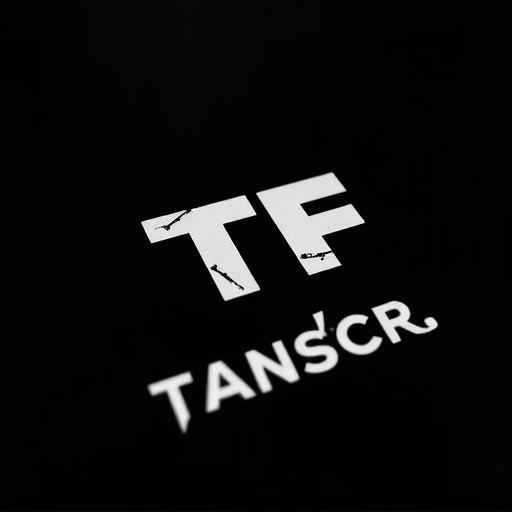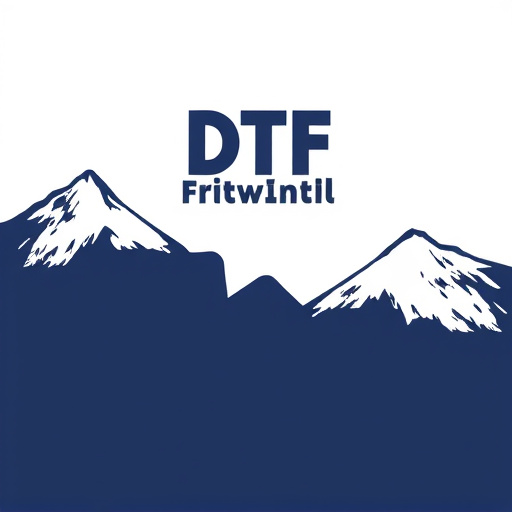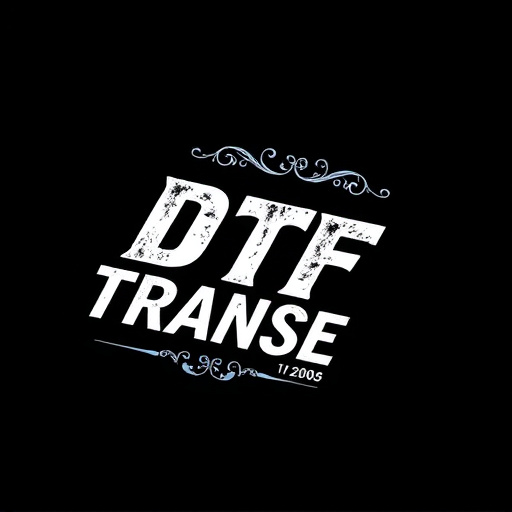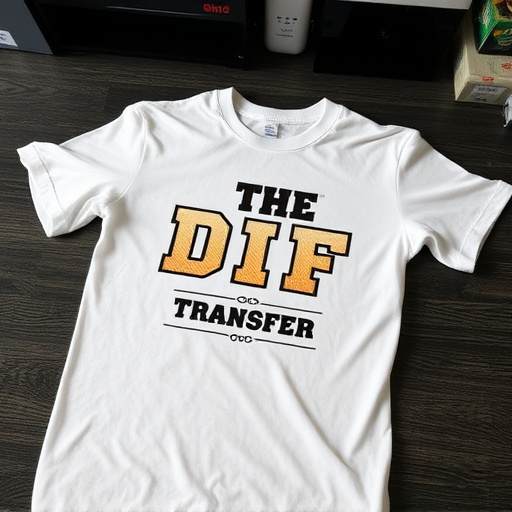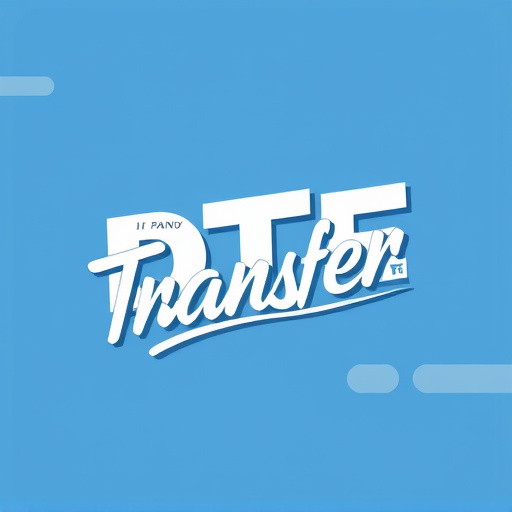Direct-to-Film (DTF) technology offers swift, high-quality print production from digital files, ideal for on-demand and time-sensitive printing. The traditional DTF process faces challenges with delivery speed due to lengthy production timelines. However, advanced digital printing technologies now automate stages of production, reducing turnaround times without sacrificing quality. Implementing rapid DTF delivery options benefits businesses, ensuring orders are processed quickly, enhancing customer satisfaction, and improving company reputation. Best practices for integration include optimizing order management, providing tracking, partnering with reliable facilities, and implementing automated workflows.
In today’s fast-paced visual landscape, quick delivery options for direct-to-film (DTF) transfer orders are more crucial than ever. This article delves into the world of DTF transfers, exploring the need for expedited services and common challenges with traditional printing timelines. We uncover innovative solutions that revolutionize DTF delivery, highlighting the benefits of implementing rapid DTF services. Additionally, we provide best practices for seamless integration to ensure efficient DTF prints.
- Understanding Direct-to-Film (DTF) Transfer: A Brief Overview
- The Need for Quick Delivery in DTF Transfer Orders
- Common Challenges with Traditional DTF Printing Timelines
- Innovative Solutions for Accelerating DTF Transfer Delivery
- Benefits of Implementing Rapid DTF Delivery Options
- Best Practices for Seamless Integration of Quick DTF Services
Understanding Direct-to-Film (DTF) Transfer: A Brief Overview

Direct-to-Film (DTF) transfer is a cutting-edge printing technology revolutionizing the way we produce physical prints from digital files. Unlike traditional printing methods, DTF involves transferring ink directly onto film or other materials, enabling high-quality reproduction with remarkable detail and vibrancy. This process streamlines production, eliminating the need for intermediate steps like plate preparation, making it an efficient choice for on-demand printing and quick delivery.
DTF is particularly advantageous for direct-to-film prints, where orders are fulfilled swiftly. By bypassing conventional printing stages, businesses can offer same-day or next-day delivery options, catering to customers’ demands for instant gratification. This technology’s versatility allows for a wide range of applications, from promotional materials and signage to custom art pieces, ensuring that the final products meet high standards of aesthetics and durability.
The Need for Quick Delivery in DTF Transfer Orders
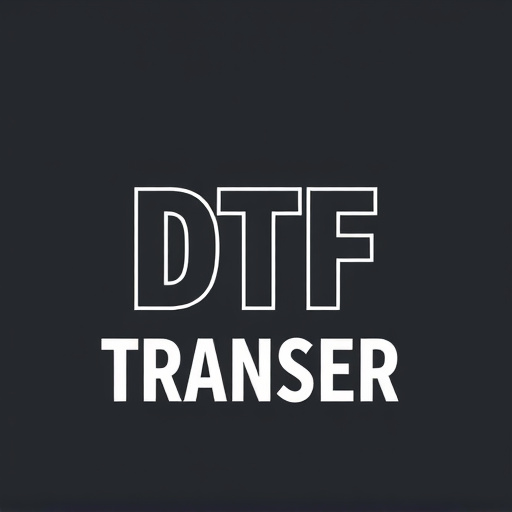
In today’s fast-paced world, where immediacy is key, quick delivery options for direct-to-film (DTF) transfer orders have become essential. DTF Printing offers a unique and efficient method of producing high-quality prints directly onto various materials, from textiles to signage. As such, it’s not just about the quality of the print; it’s also about getting that print into the hands of the customer promptly.
The need for quick delivery in DTF Transfer orders is driven by several factors: time-sensitive projects, competitive market demands, and customer expectations. Whether it’s a last-minute event promotion or a time-critical marketing campaign, swift turnaround times ensure businesses can stay ahead of the curve. Moreover, with DTF Prints, companies can offer their clients an added value proposition—the convenience of fast, reliable delivery without compromising on print quality.
Common Challenges with Traditional DTF Printing Timelines
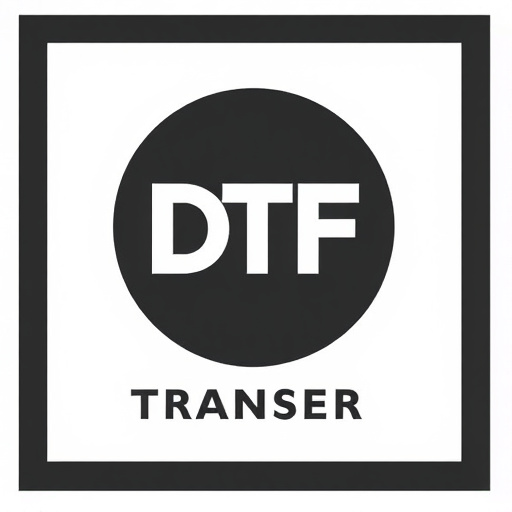
The traditional process of direct-to-film (DTF) printing, while widely used, often presents significant challenges when it comes to timely deliveries. One of the primary hurdles is the lengthy production timeline, which can cause delays in receiving final DTF prints. This is particularly problematic for businesses or individuals requiring urgent orders, such as those in the fashion or signage industries where quick turnaround times are crucial. The process involves multiple intricate steps, from film preparation to exposure and development, each demanding specific environmental conditions and precise timing.
Moreover, traditional DTF printing methodologies may struggle to accommodate rush orders without compromising quality. The complexity of setting up specialized equipment and ensuring optimal conditions for each print can lead to longer processing times. This results in a trade-off between speed and the meticulous attention required to produce high-quality DTF transfers, which may not meet the demands of time-sensitive projects.
Innovative Solutions for Accelerating DTF Transfer Delivery
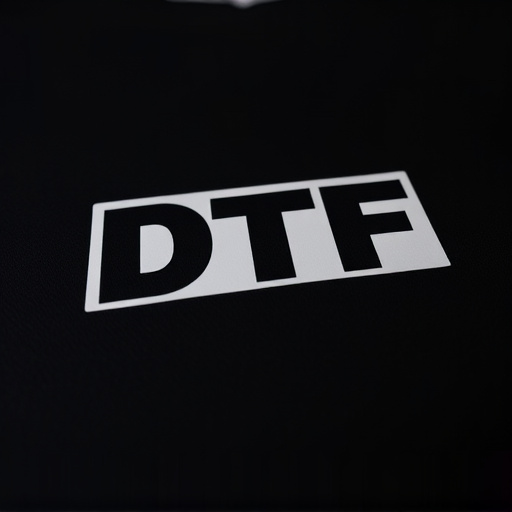
In today’s fast-paced world, consumers expect quick and efficient delivery options, especially when it comes to direct-to-film (DTF) transfer orders. Innovative solutions are transforming the DTF printing industry, significantly accelerating turnaround times. One game-changer is the implementation of advanced digital printing technologies that enable faster production without compromising on quality. These cutting-edge systems streamline the process by automating various stages, from design input to final print output.
Additionally, optimizing inventory management and leveraging smart logistics play a crucial role in swift DTF transfer delivery. Companies are adopting dynamic inventory systems that predict demand, ensuring essential materials are readily available. Efficient routing algorithms and real-time tracking further contribute to timely deliveries, enhancing the overall customer experience. As a result, clients can enjoy faster turnaround times without sacrificing the superior quality of DTF prints.
Benefits of Implementing Rapid DTF Delivery Options
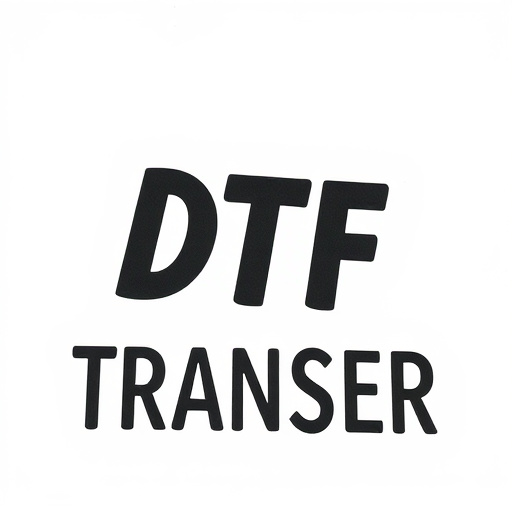
Implementing rapid delivery options for direct-to-film (DTF) transfer orders offers a multitude of advantages for businesses and customers alike. In today’s fast-paced world, speed is of paramount importance, and quick DTF delivery meets this demand by ensuring orders are processed and delivered promptly. This efficiency not only improves customer satisfaction but also boosts the overall reputation of the company, fostering trust among clients who value their time.
Rapid DTF delivery options streamline the order process, reducing turnaround times significantly. This is particularly beneficial for businesses dealing with high-volume orders or those requiring urgent production. Efficient printing and transfer technologies enable faster production runs, allowing companies to meet tight deadlines without compromising quality. As a result, clients receive their desired DTF prints swiftly, enabling them to proceed with their projects or events without delays.
Best Practices for Seamless Integration of Quick DTF Services
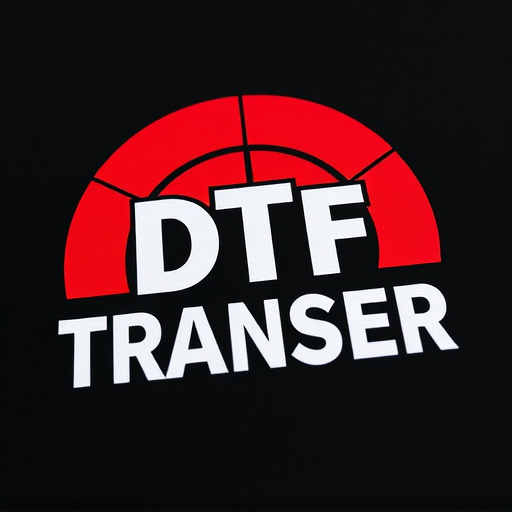
When integrating quick delivery options for direct-to-film (DTF) transfer orders, seamlessness is key. Best practices include optimizing your order management system to efficiently process DTF transfers, ensuring real-time tracking for clients, and establishing partnerships with reliable printing facilities that can deliver on rapid turnaround times. Utilizing automated workflows for print jobs, implementing a robust inventory management system, and offering a variety of quick shipping options will enhance the overall customer experience.
Additionally, training your staff to handle DTF orders swiftly and accurately is vital. This involves familiarizing them with specific DTF printing requirements, file formats, and quality standards. Regular communication with both suppliers and clients is also crucial, fostering a collaborative environment that prioritizes speed and precision in DTF transfer services, ultimately leading to higher customer satisfaction rates and stronger business relationships.








